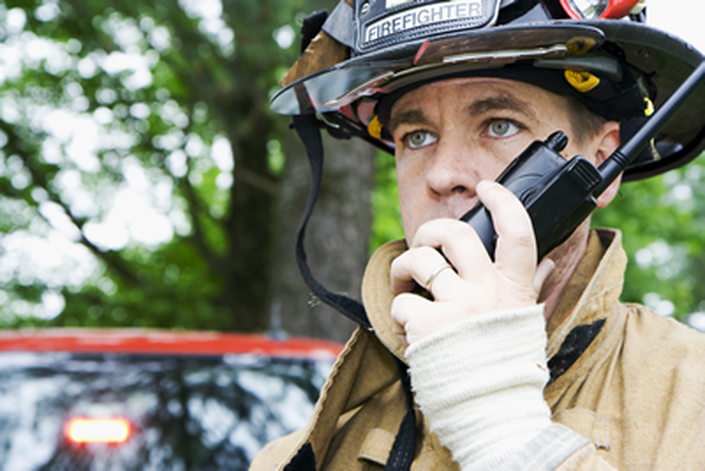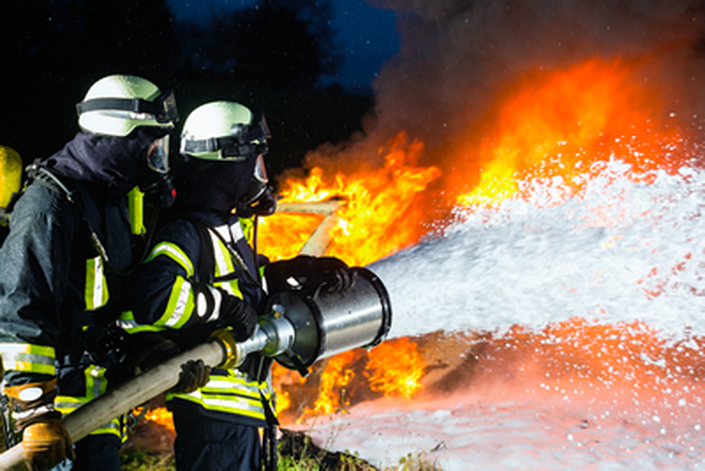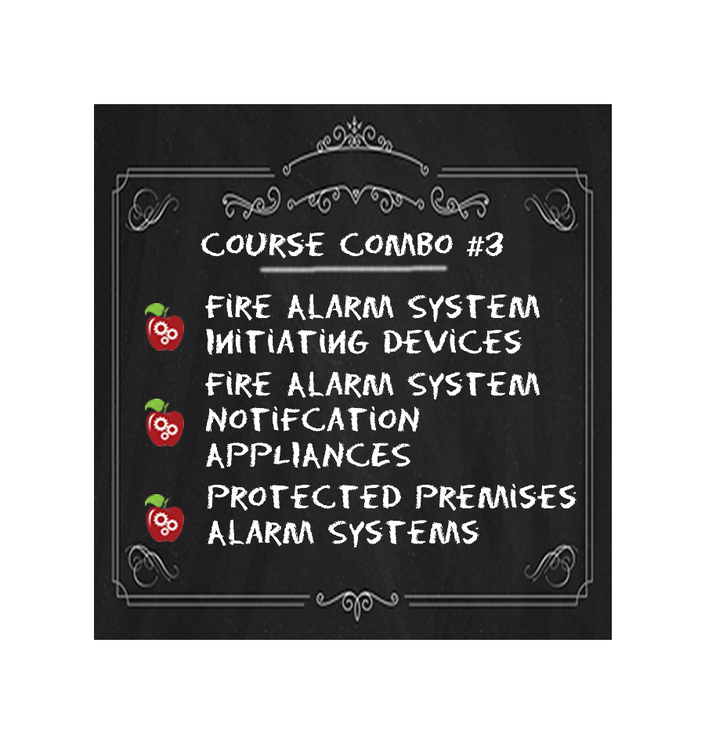Featured Course
The Fire Alarm Technician Training Series is an online and on-demand, seven-week course consisting of 23 contact-hours of instruction.
The course is designed for entry-level to intermediate fire alarm technicians and will present the topics one can expect on the NICET Fire Alarm System (FAS) Level I/II exam(s).
Instructional Design Group (IDG), LLC has founded IDG University to offer Virtual and Online Training. Our courses are designed per ANSI/ACET 2018, Standard for Continuing Education and Training.
Browse Our Collection of Courses
Instructional Design Group offers online and virtual training covering material from NFPA and ICC codes and standards.
Courses can be used to review before industry certification exams. New courses added monthly in Fire Alarm, Fire Protection, Special Hazard Suppression Systems,
Building Codes, CCTV/Security and Civil engineering technician disciplines.
All courses include a 20-question quiz with answers directly from published codes and standards.
Check your inbox to confirm your subscription






